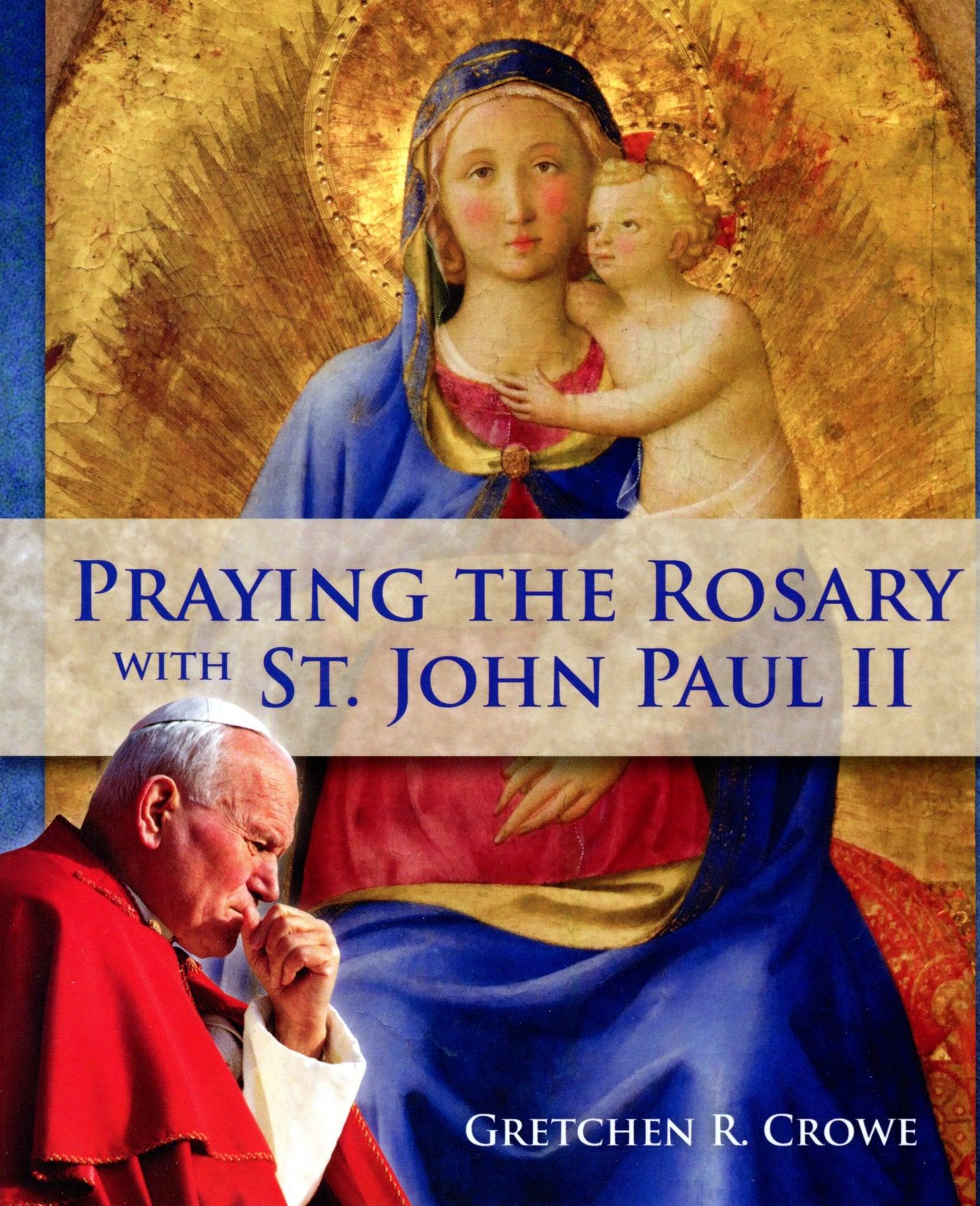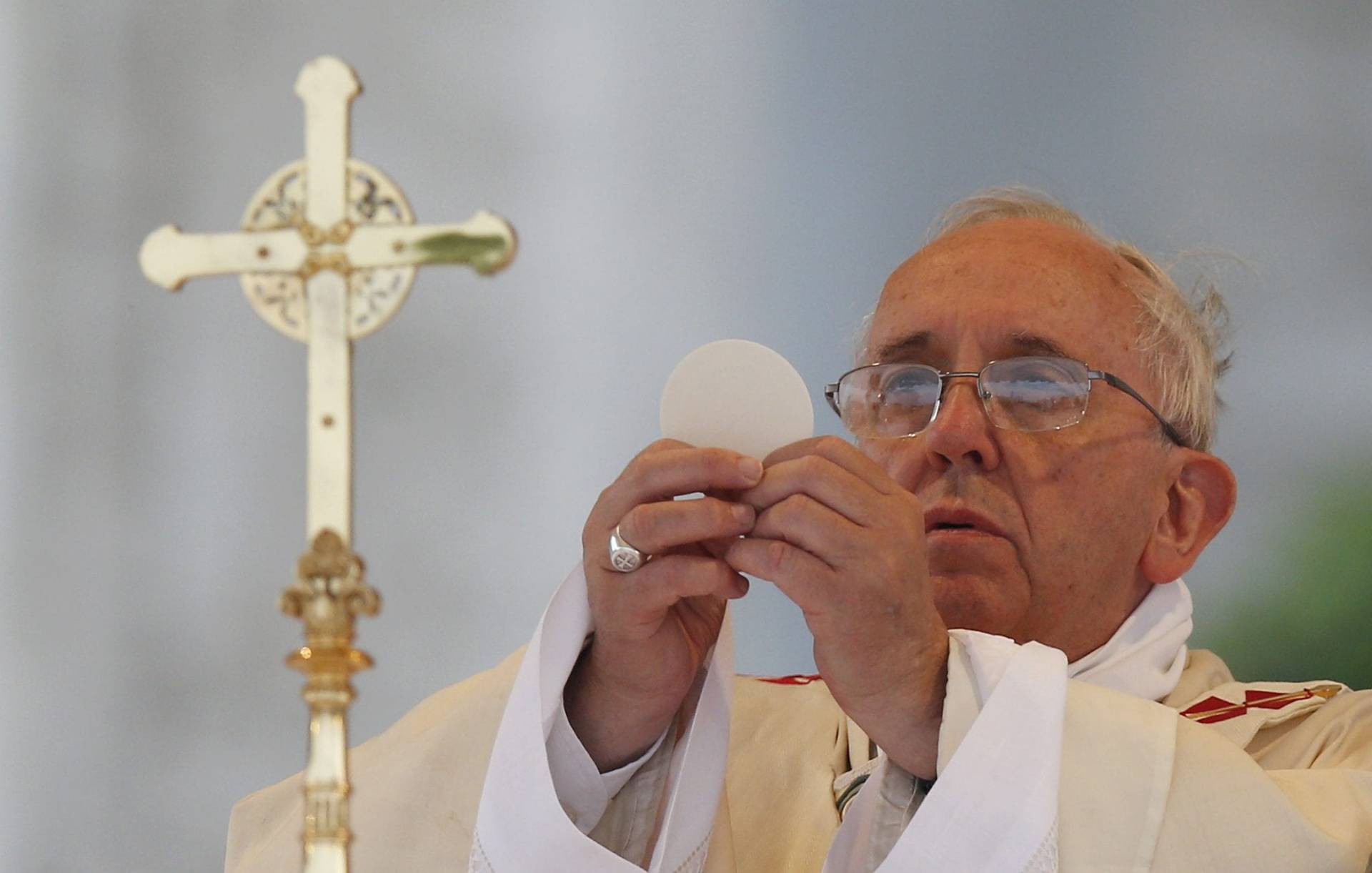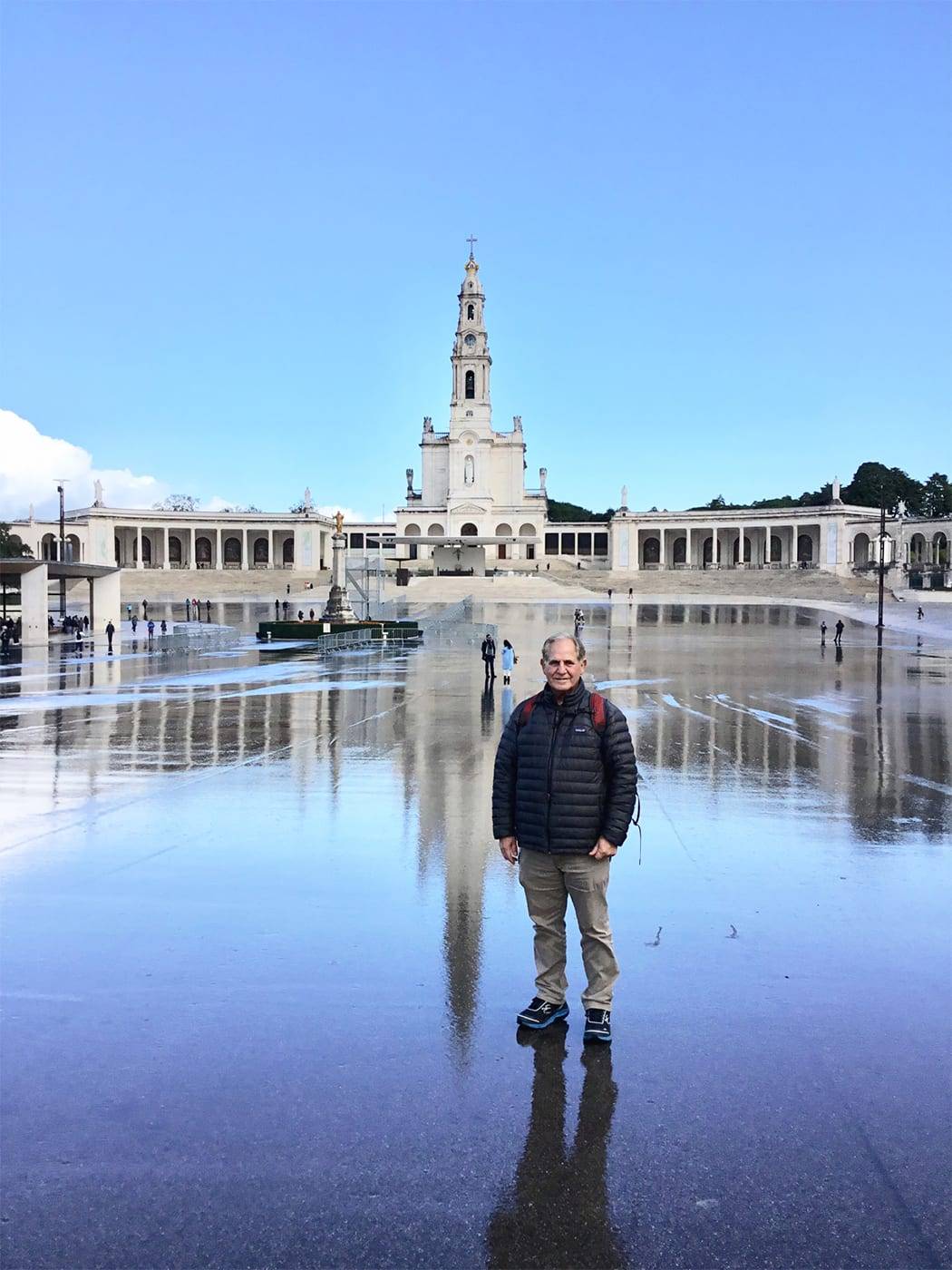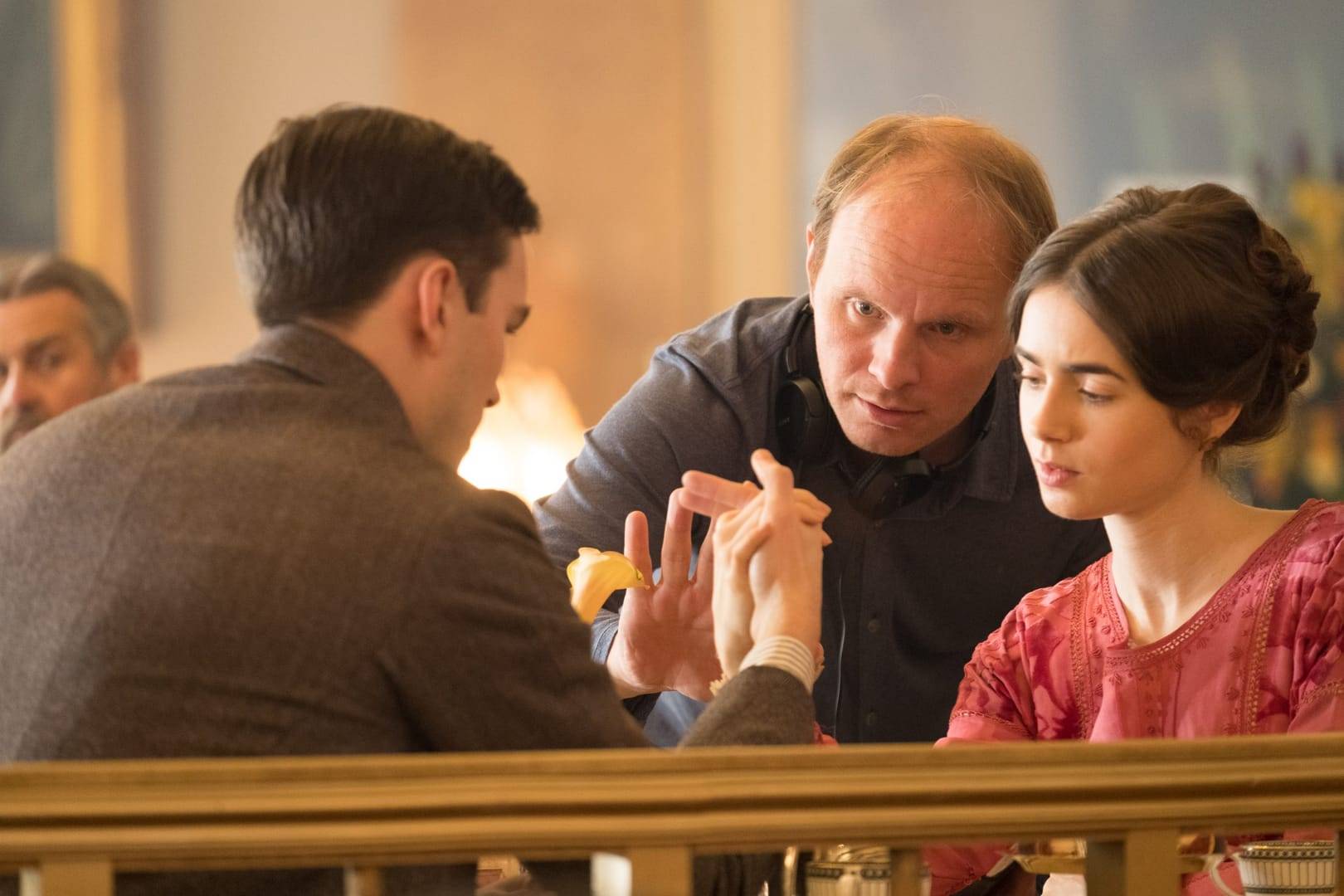Recently a dear friend e-mailed, “It really ticks me off that I have to share this news with people I love.” Her cancer has returned.
There are many ways to enter the deserts of life. Most of them are involuntary.
The longed-for play date is canceled without explanation, leaving a lonely child in despair. The wife sticks a note by the empty closet: I am gone. An abusive father dies, leaving us to resolve our wounds alone.
None of us ask for grievous inner dislocation.
This makes the 40 days of Jesus a lot like happening upon a hawk’s tail feather on your morning walk — at once jolting and revelatory. How is it possible to allow ourselves to enter the terrifying unknown, the unvarnished desert?
Our rearview mirror on this piece of the Jesus narrative is a mixed blessing, because it is too easy to regard his experience as a kind of peak career planning moment — a model of clarification, discernment, and momentum. But one of the most powerful images I have ever seen of this time is a painting by Briton Rivière, an early 20th-century British painter whose Biblical scenes defy the triumphalism of most artists’ renderings.
In this haunting work, we are moved to imagine a far less self-assured Jesus, a man alone, asking: What am I being called to let go in order to move forward on nothing but faith that this is God’s will? Jesus, the man, had no clairvoyance about what surrender would yield. Nor, today, do we.
What voice stirs among the rocks and rubble of our own dark places? How can we quiet ourselves enough to listen, even when what we hear is painful? How can we choose what we most fear? How do we “allow” the losses we try so frenetically to prevent?
This is the question that lies at the heart of the unvarnished desert. Our usual complaints or coping mechanisms, masks or victim status, so successfully attract co-dependent partners and friends that we remain stuck, protected from confronting the clutter of our neurotic patterns.
It is the ruptured patterns and the broken masks — ironically, those who have no choice in their desert initiations — that reveal most vividly the inner life of grace. They are the hawk’s feathers, the bread in the desert. They are the carriers of our necessary maps.
Here are two such hawk feathers from my own life.
A priest friend recently came to visit, and in the course of it shared the news that he is going to be transferred across the country. He is in his 70s. He will be leaving the place where his entire life of ministry has been lived, as well as his family and his former students. From earlier, short-distance moves, his possessions are already so reduced they could fit into a few boxes.
“I guess I need to go through my things again,” he laughs with self-deprecation. “Winnow out and strip down.”
I saw him torn from his home, setting out with barely the sandals on his feet, as far from the known world as he could possibly go. But as soon as he said goodbye, I knew that my grief stemmed as much from my own loss as his. I can see the gap that his physical absence will create, the hole his warm laugh now fills, his inner strength that I have come to admire and rely on. In some ways, my letting go will be harder for me than for him, as the comfort of our friendship routines evolve and form anew.
He sees ahead to the thriving parish in which he will take up his work, and the seminary close by where he will interact with a new batch of students. I am learning, slowly, from his lightness and deep acceptance — even, if I am honest, his excitement.
I am reminded of something a wise healer said to me not long ago. “Maybe you should change your vocabulary,” she suggested. “Instead of talking about your need to ‘let go,’ why not think about ‘allowing.’ When you ‘allow,’ you are able to loosen your grip. Instead of losing something, you become able to receive.”
Maybe the unvarnished desert is more about allowing than wrestling. Maybe it is more Jesus than Jacob. Maybe it is by allowing that we see the miracle feathers and the hidden maps.
I think about this as I re-read my friend’s recent e-mail.
We’ve already spilled thousands of tears on this, so we are going to skip that. I have two requests. 1. I firmly believe that prayer works. Would you be willing to reach out to your prayer communities and ask them to pray for me? 2. Feeling sorry for me, wallowing in the darkness of my challenge, only invites negative energy. Please see me as strong. Fill me with light and encouragement.
Prayer. Allowing the light.
Joan Chittister, in “The Monastery of the Heart,” writes:
Prayer fixes the eye of the soul on the real ends of life, when the real goals of real time seem unattainable.
Allowing the ruptured patterns of our lives to reveal the inner life of grace; this is the challenge of the unvarnished desert. The broken places create our desert spaces so that God can have His way with us.
My friend ended her e-mail with the words that, as I read them, I knew would be my first words each day this Lent.
I am so grateful.
















